impulsive movements
briefly
the textured stroke
fingerprints frozen in time
a model of life
that was not meant to be
textured brevity
she looks to the mountain
as her wings ache to fly
forever hidden in inability
she will never know
the breath of the wind
The colossal sculptures hide in plain sight. They stretch over a vast piece of land. Textured bodies touch the earth, contrasted against the mountain - giants created by a small human. We bear witness to these structures that could escape at any moment, yet their movement is prohibited by their rigidness.
Despite this, their textured skin, a moment created in brief, hence textured brevity, stands out above all of the other features. The artist's fingers are still visible on the skin of his creations. The unfinished nature of his creations gives witness to the skin of the earth. The mountain blends into the skin of the colossal creature. From a specific angle, the creature becomes the earth, it is part of the material that it is made from. Yet, moving slightly to any side, you see the creature, almost bursting through the edge of the mountains.
The texture stands out. We bear witness to the artist's fingers, the sudden movements, the sway of emotion, the brevity of artistic inspiration and flow. When everything seemed to bleed into unity, a unison of creative majesty.
From the earth, these sculptures rise, in their textured brevity.
Interspersed between the colossal, the textured brevity of the artist's fingers, the remnants of life itself can be found. Bones from the living, the dead, the already transcended, the ones that will not make it back. Remnants that will break down back into the soil, leaving no trace of their existence. From dust to dust, we return to the eternal slumber, only a breath's consciousness.
Our story, written in the book of life, on the skin of the earth, tells us a different story. We are but a momentary glitch in the system, self-aware of the fact that nothing will again be like it is today, self-aware that we will soon be gone and nothing will replace us. We will return to the soil, and only our structures will remain as pieces of cancer on the skin of the earth.
The contrast between the fleeting moment, and the brevity of a thought. For a second, the continually moving hand makes brush strokes over the paper, the fingers impregnate the clay with its momentary thought. For a fleeting second, the abstract idea concretises itself on paper, in the space between heaven and earth.
The melting wings; the stiff feathers; the complexity of life; we all embody a fine balance between melting and rigidness. A strange balance between complete freedom and an absolute lack of volition. The random event has already happened, yet we are moving across a state of familiarity.
We have been here, in some sense. The wheel is reinvented, but we have nothing to lose but our sanity. The wings of Icarus keep us grounded, and the smile on Sysiphus's mouth lures so many people to find meaning in the mundane, the strandedness. The flightless moment becomes the meaning we yearn for, yet the flightless moment is nothing but wasted potential.
There is so much more than the moment before flight, there is so much after it. Yet, the motionless creature keeps our attention, becoming a moment in itself that captures a beauty, a strange seduction of our thoughts.
We have become a slave to our thoughts, and life that seems to flow from our contingency.
The first fallen angel, the one that spread the story. The first fallen angel, captures the moment of movement, forever in a situation where nothing moves, yet everything changes.
Free falling, into oblivion, into the void, into nothingness.
Nietzsche famously said that he sees himself in the void, in the utter depths of our meaninglessness, in our nothingness, but this was merely a construction of his own will to power, a will to overcome the moment in which we ascribe meaning to the world.
The fallen angel was falling because there was meaning, and in meaning we found our own image, one that could not have emerged from itself, only from contemplating the depths of our souls.
The contingent nature of our thoughts, or our being, always awakens deep fears in us, as we look to the old masters for meaning, they merely laugh at our own demise. Meaning cannot be created, it cannot be created, it is merely a second thought that comes after our first breath.
And then, we somehow make sense of it all. Meaning just streams from anything and everywhere. From different perspectives, we are able to see life in its purest form, without judgement clouding our vision.
Our flightless nature stares us in the face. We look in the mirror to find some truth in our thoughts, but we always stumble for truth is merely the contingent meaning we ascribe to fleeting moments.
In a couple of years, truth will resemble something else. We will find truth in something else, in someone else.
Postscriptum, or Finger Prints of the Divine
We see the fingerprints of the divine in the texture of the earth. We created our own meaning, our own world, from the raw material that should never have been extracted. We created the gods in our own image. Imago dei vs imago humano. We created ourselves by creating gods in our own image, which created us. The human becomes divine.
In any case, I hope that you liked these philosophical musings and the accompanying photographs.
Happy photographing and keep well.
All of the musings are my own, albeit inspired by the art of Dylan Lewis. The photographs are also my own, taken with my Nikon D300 and 50mm Nikkor lens.
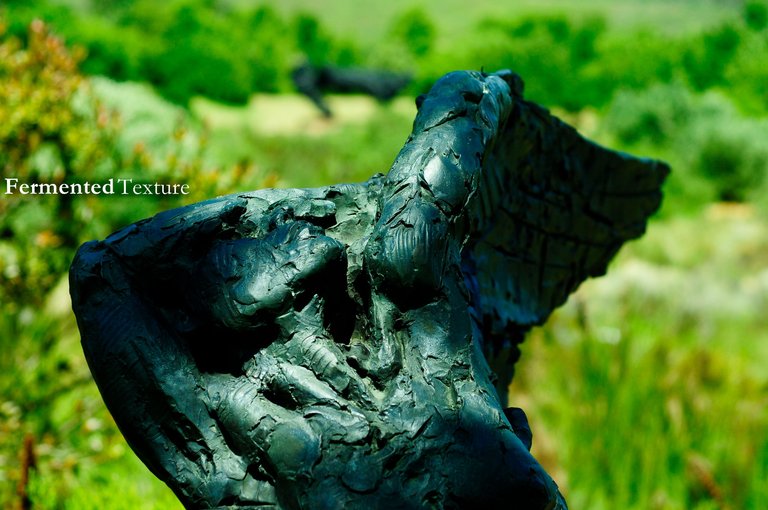
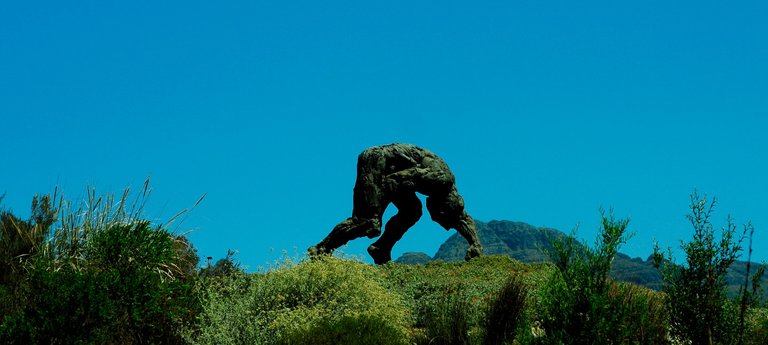
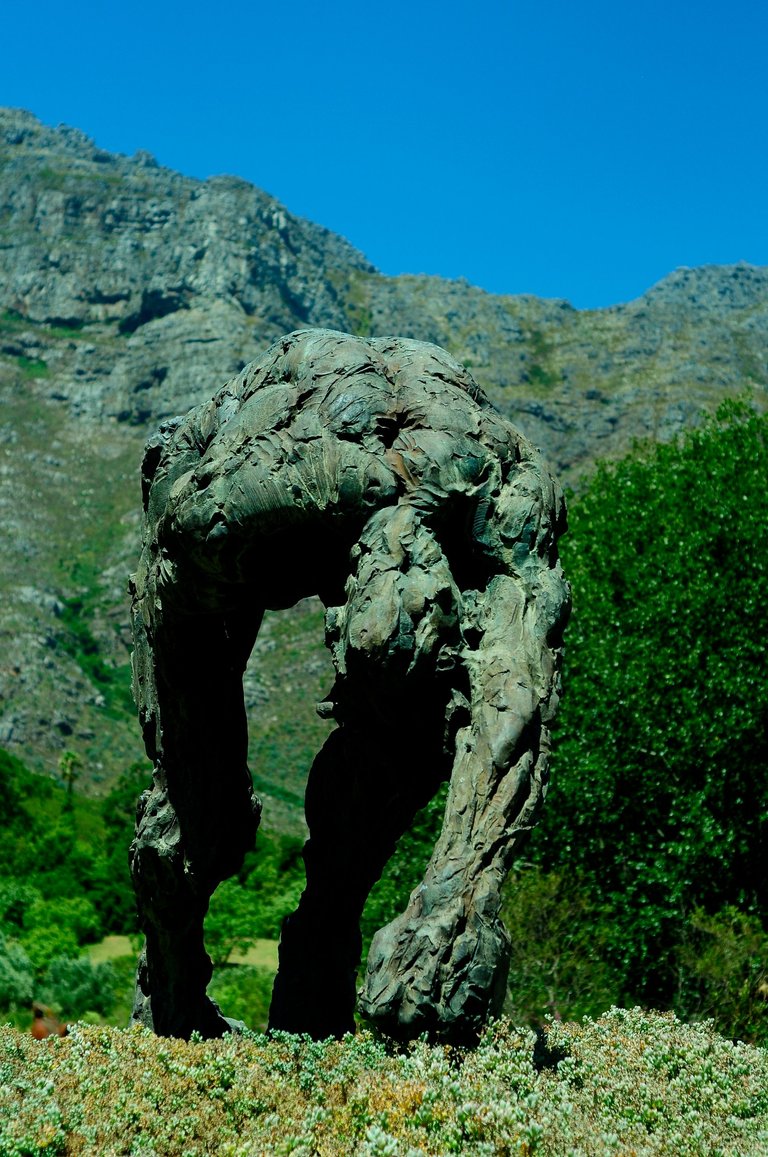
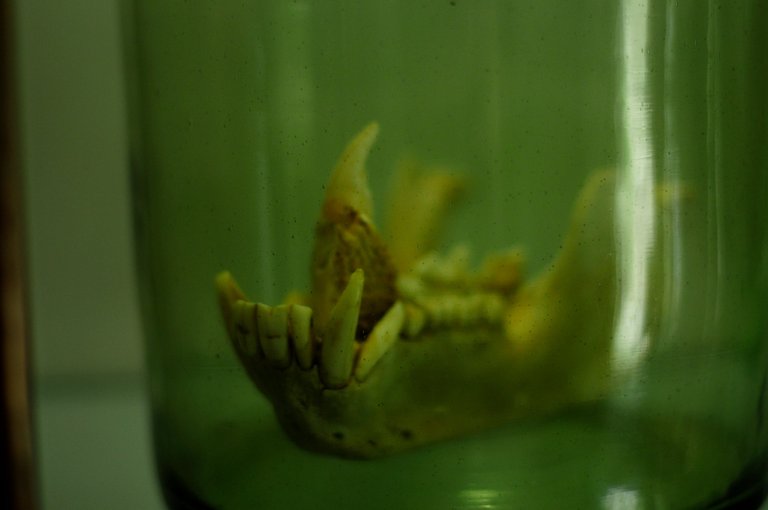
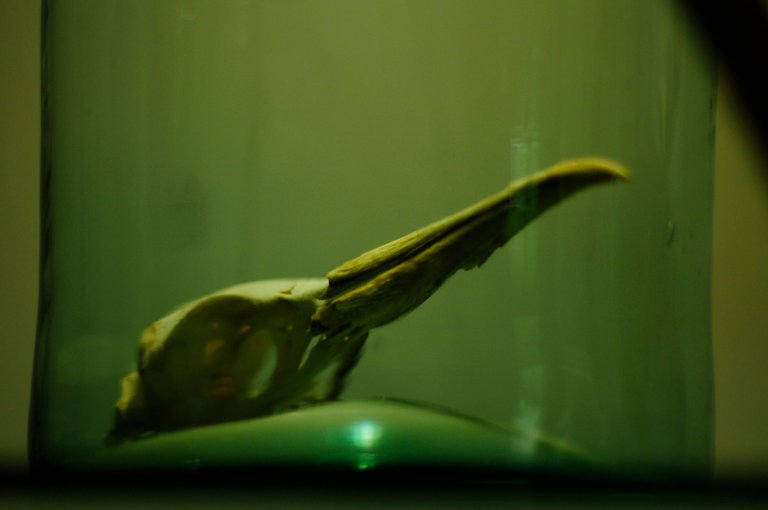
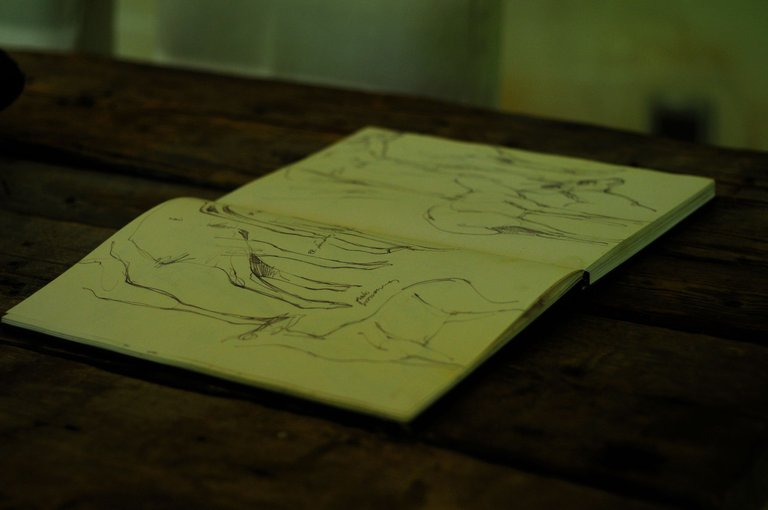
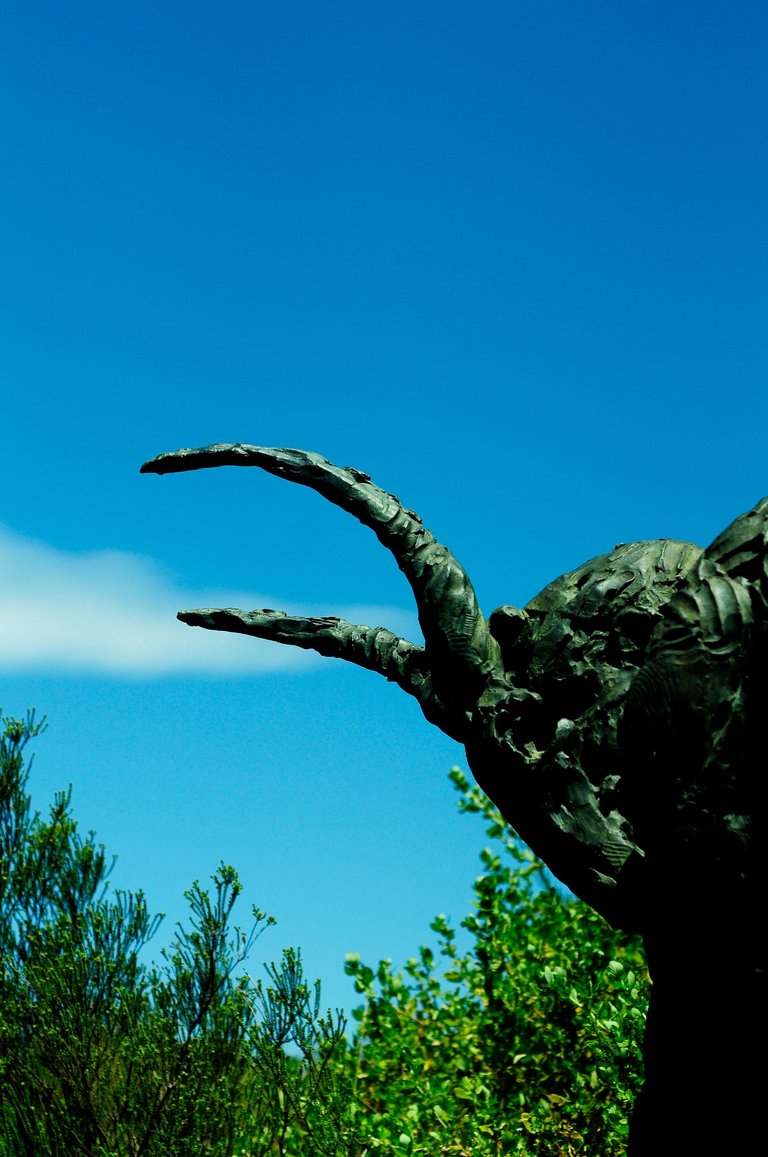
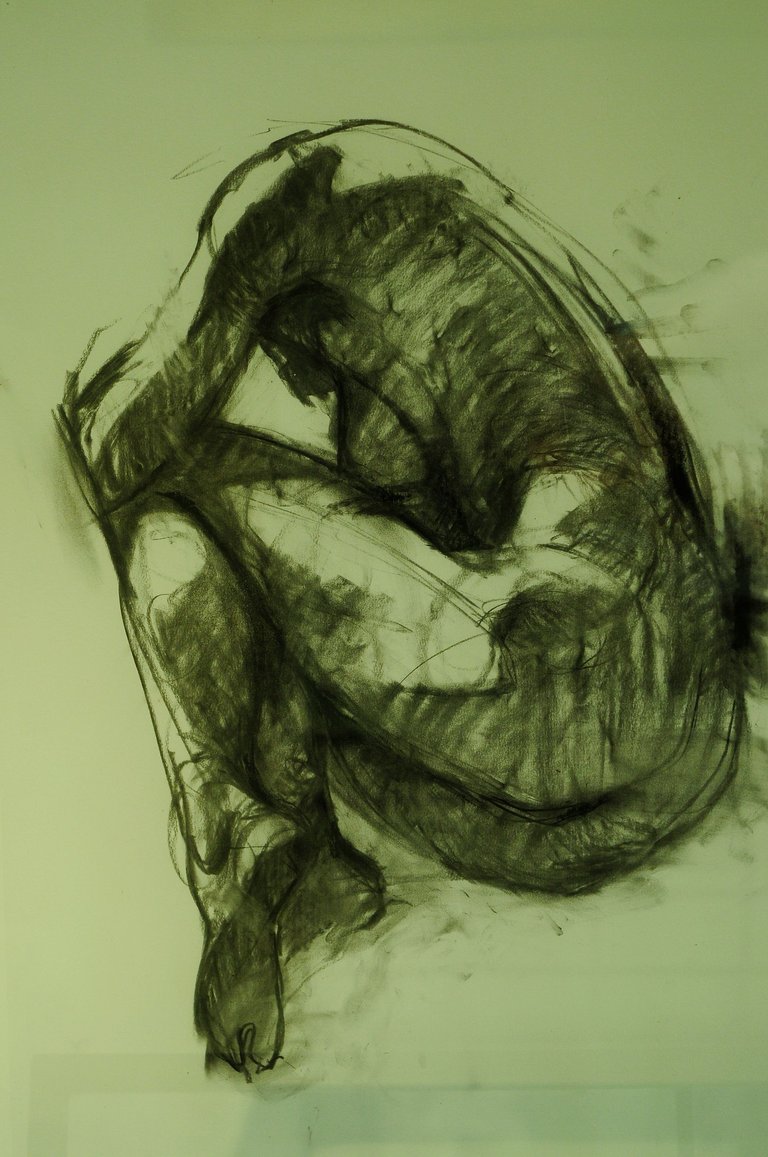
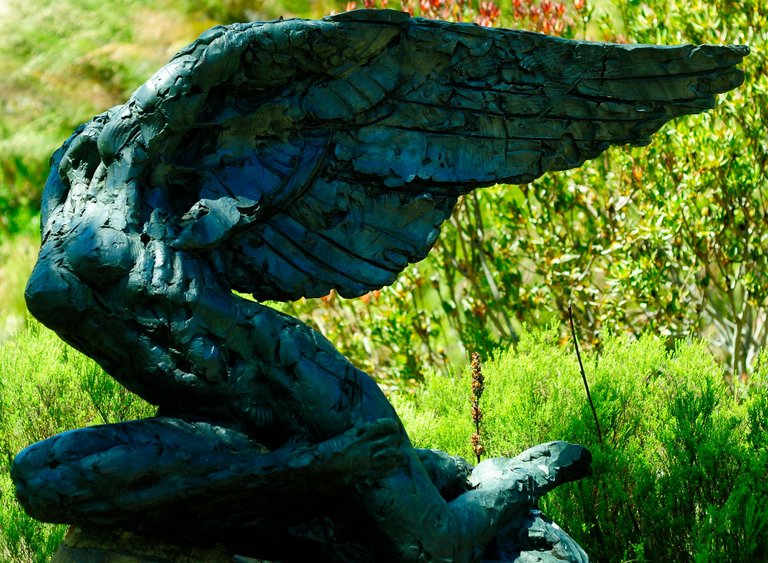
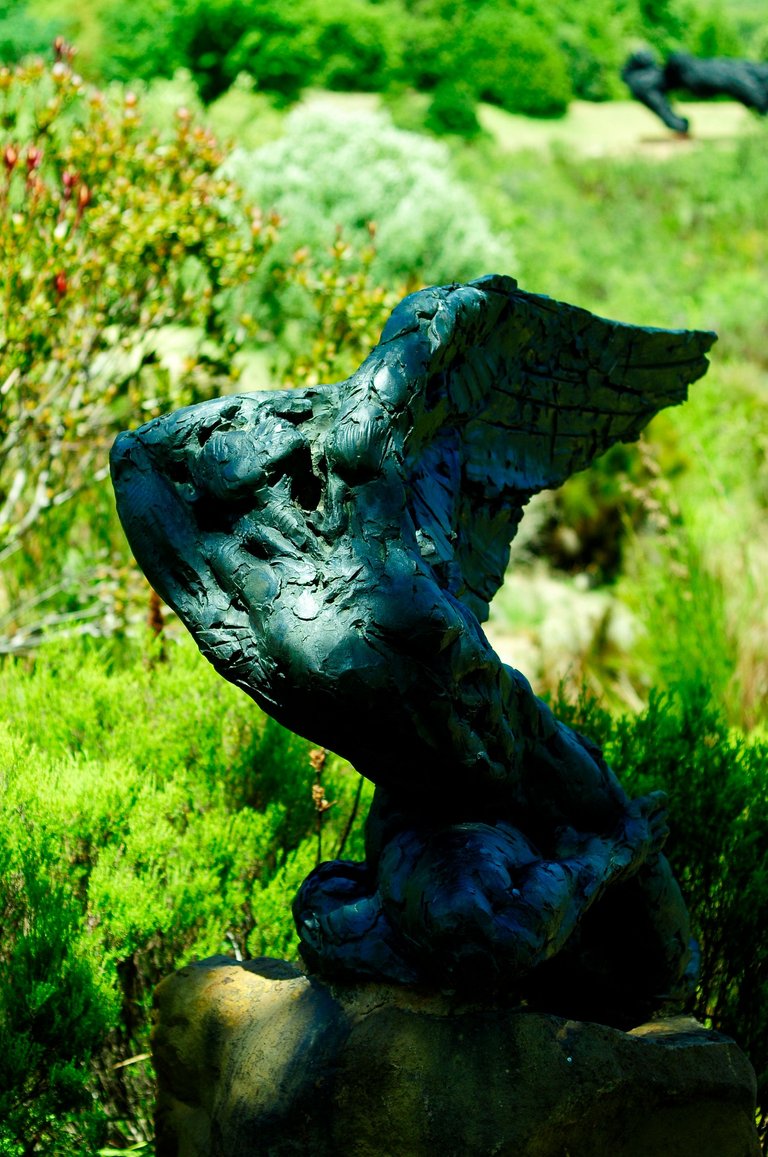
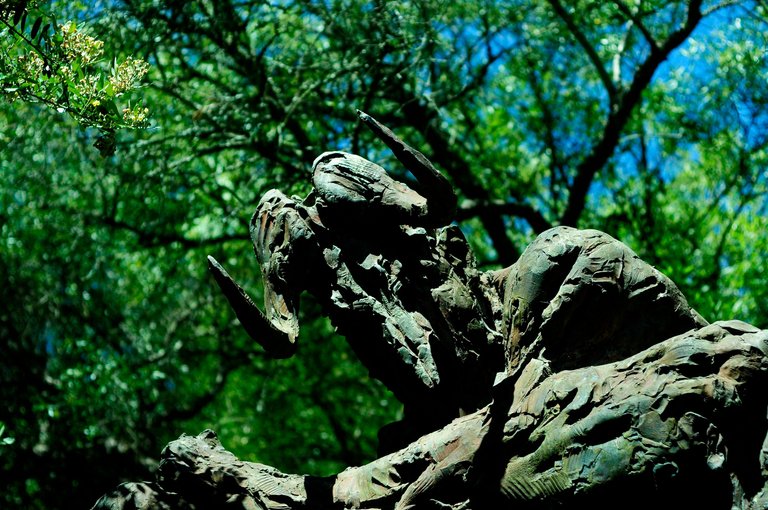

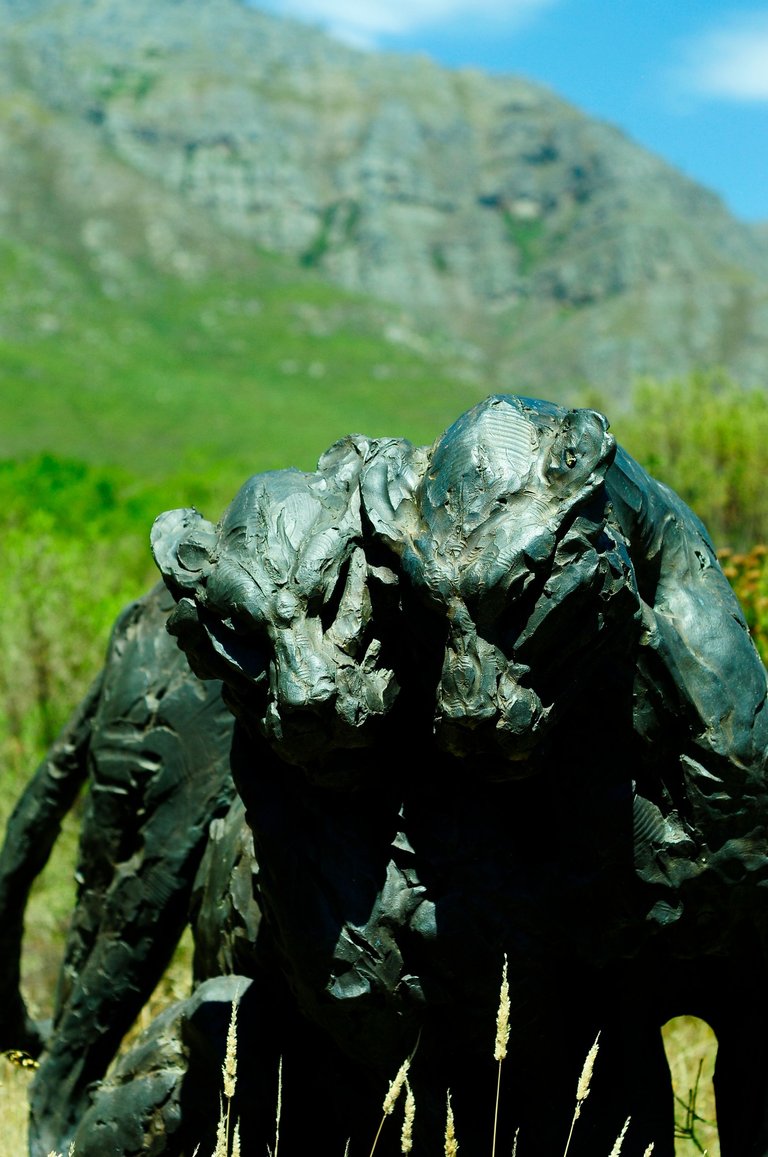

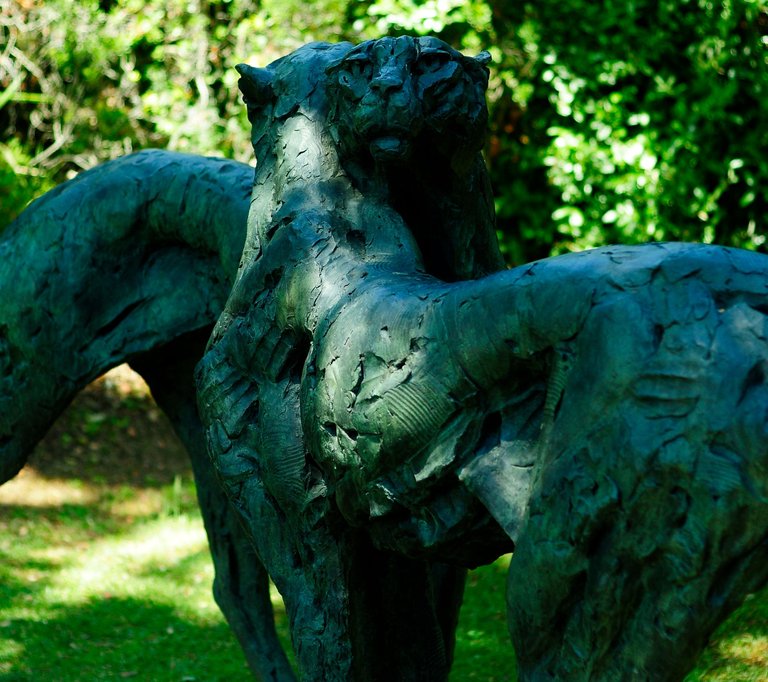
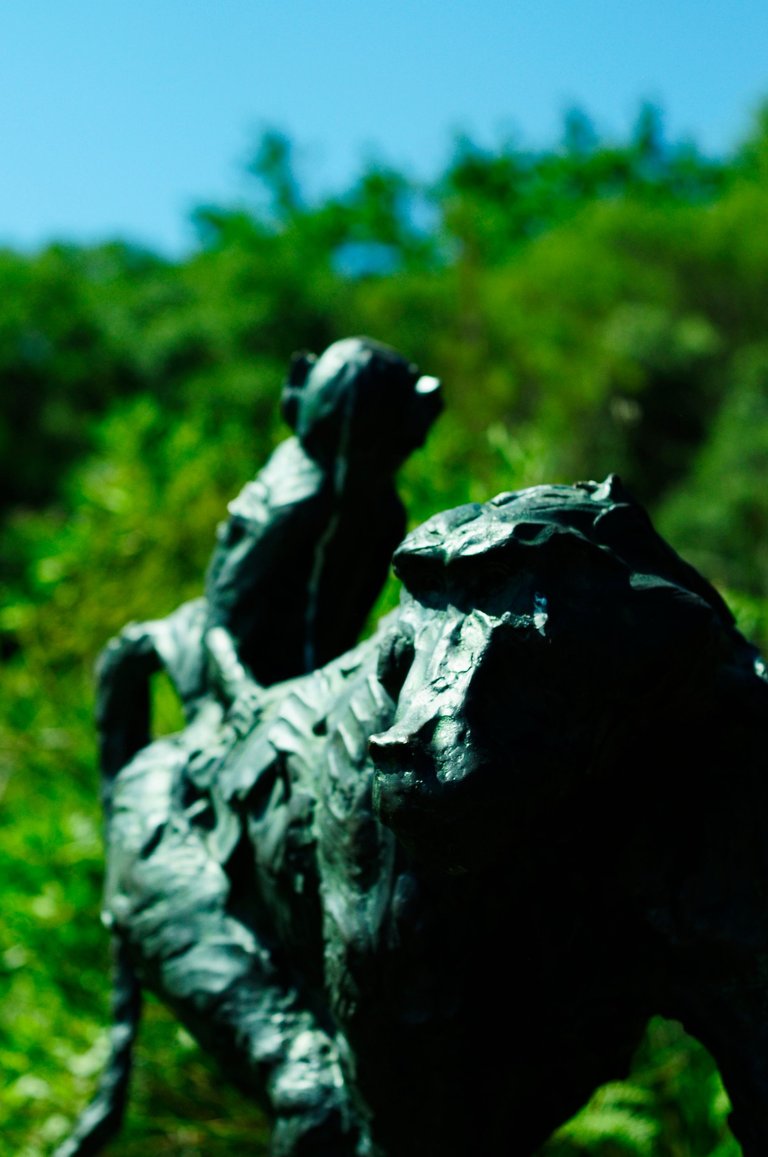
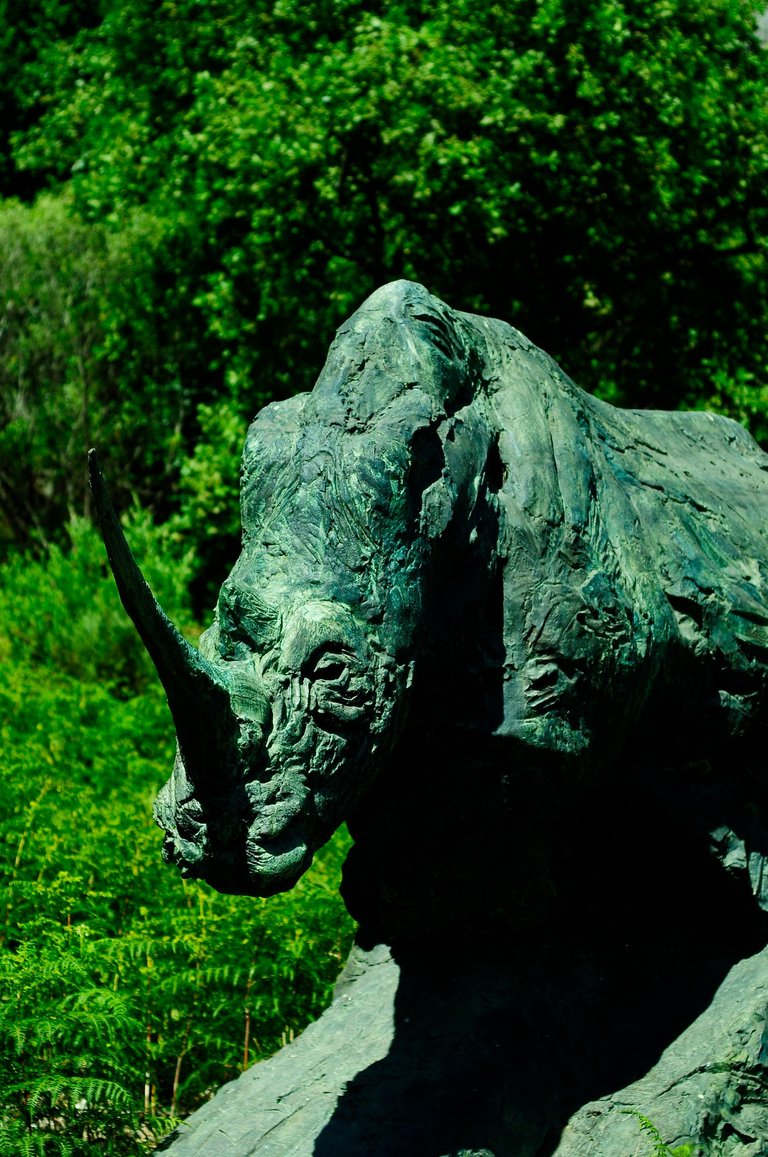

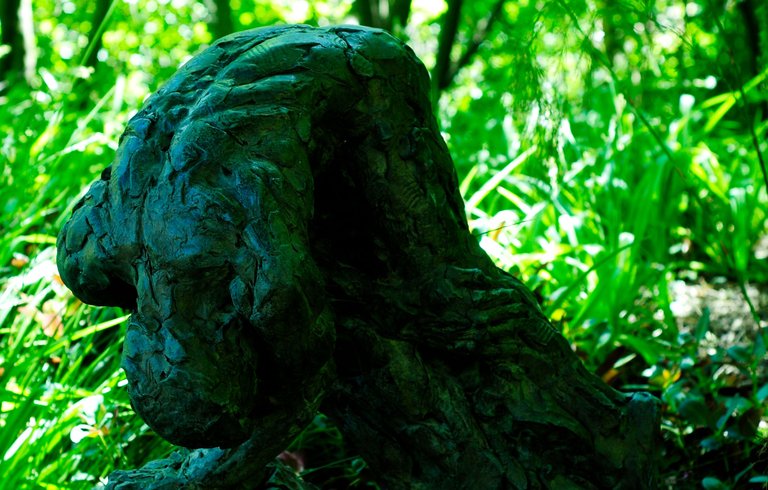
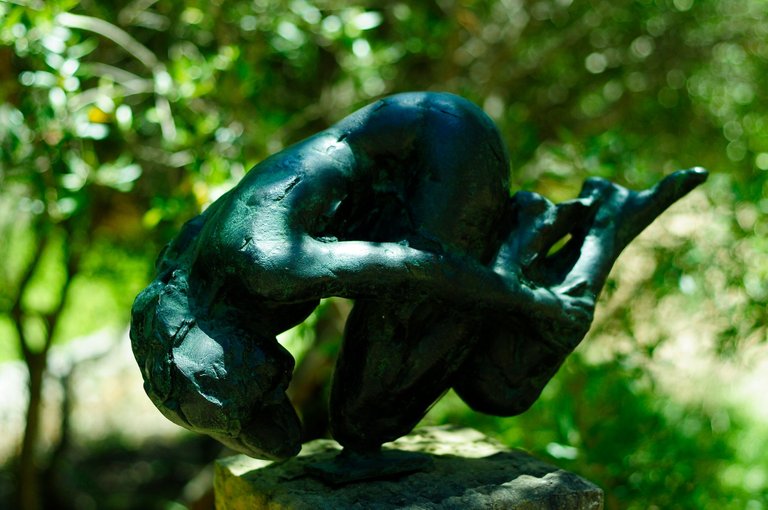
Thank you so much for the curation @ackhoo. I always appreciate the time and effort! Keep well.
I am passionate about textures, here you have achieved an incredible balance between the textures of nature and the sculpture piece. Very well done, congratulations. Best regards.
Thank you so much! I appreciate the lovely comment. Textures in life gives so much potential for photography, right! We should merely look for them, especially weathered textures. Keep well!